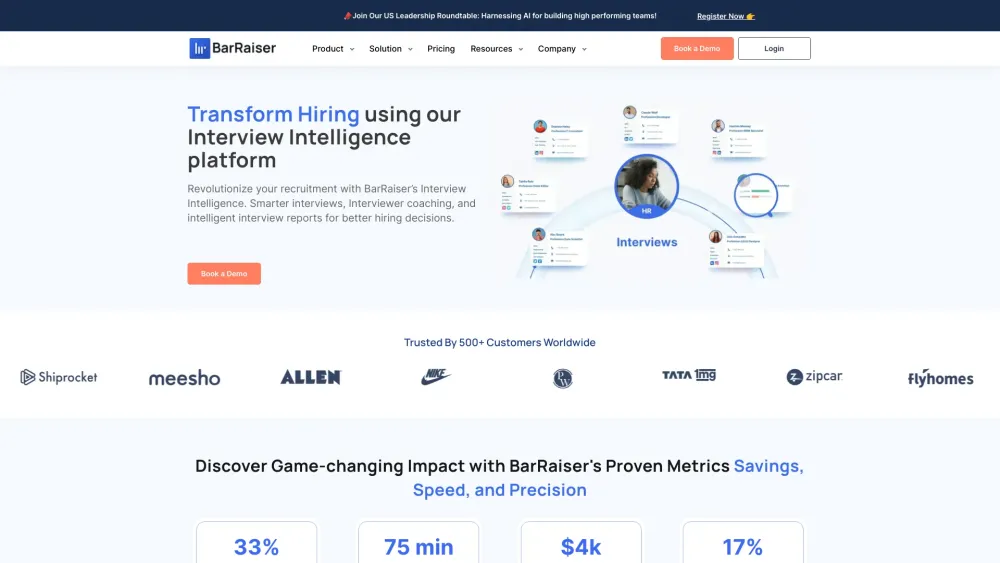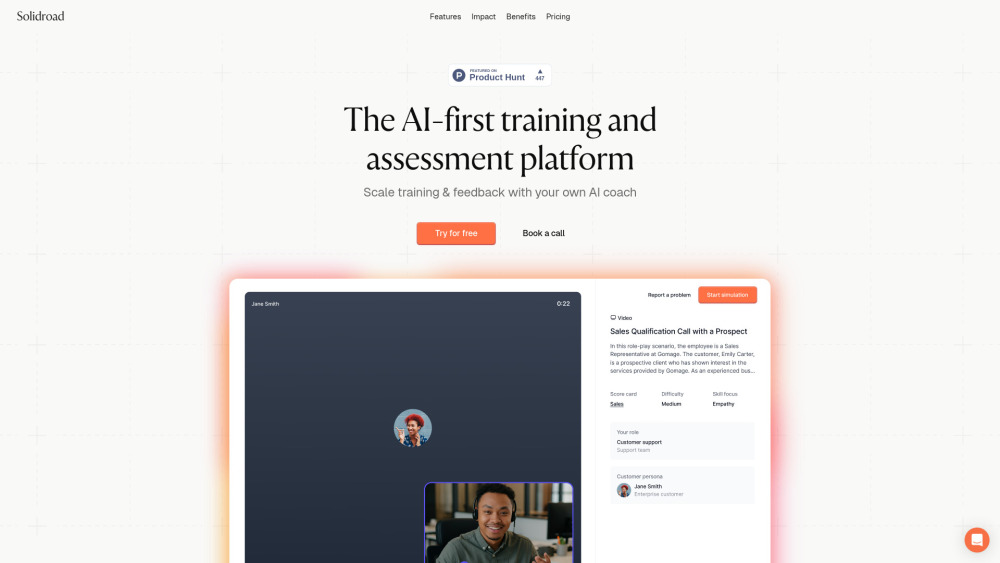Nvidia Transforms Text Prompts into Ready-to-Use 3D Game Models
Most people like

Introducing our AI-powered platform designed specifically for enterprise spend risk management. Streamline your financial oversight with advanced analytics and proactive risk mitigation, ensuring that your organization effectively manages expenditures while safeguarding against potential financial pitfalls. Enhance your decision-making processes and maximize profitability with our innovative solution tailored for today's competitive business landscape.

Introducing an AI-driven interview intelligence platform designed to elevate your hiring process. This innovative tool harnesses the power of artificial intelligence to enhance candidate evaluation, streamline interviews, and improve hiring outcomes. With its advanced features, our platform transforms traditional hiring methods into a more efficient and insightful experience, ensuring you find the best talent swiftly and accurately. Join us in revolutionizing the recruitment landscape with cutting-edge AI technology.

Revolutionizing Training: An AI-Driven Platform for Customer-Facing Teams
Unlock the potential of your customer-facing teams with our cutting-edge AI-powered training platform. Tailored specifically for enhancing skills and performance, our solution equips your staff with the tools they need to excel in customer interactions. Experience unparalleled growth and client satisfaction through innovative training methods designed for today’s dynamic market.

Introducing our AI homework helper, designed to provide you with precise solutions and guidance for all your academic needs. Whether you're tackling complex math problems, writing essays, or conducting research, our intelligent tool will enhance your learning experience by delivering accurate and reliable answers. Unlock your academic potential today!
Find AI tools in YBX
Related Articles
Refresh Articles
